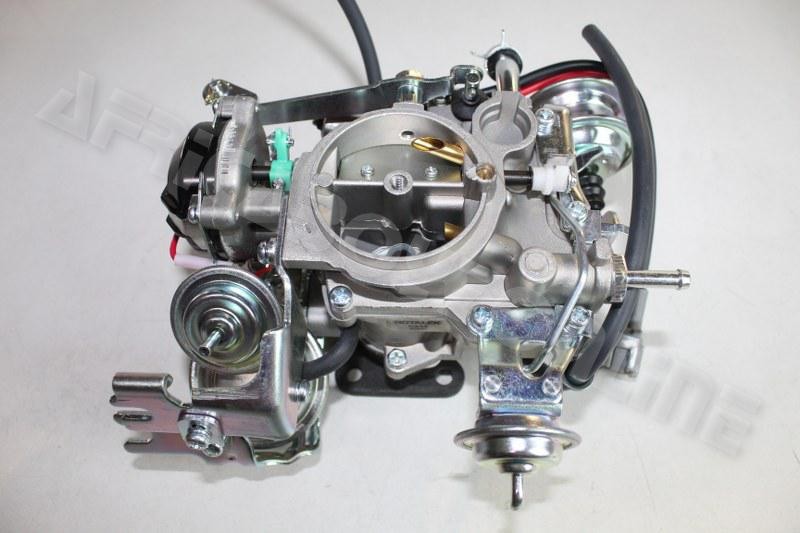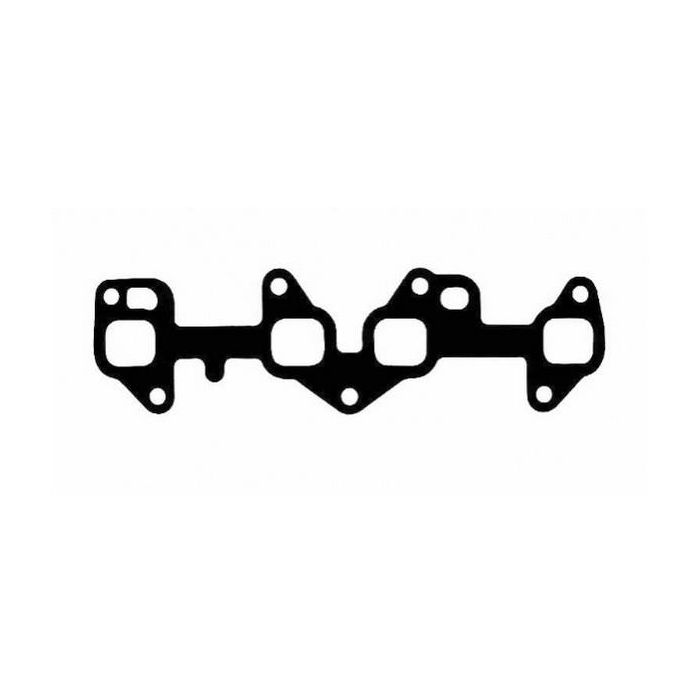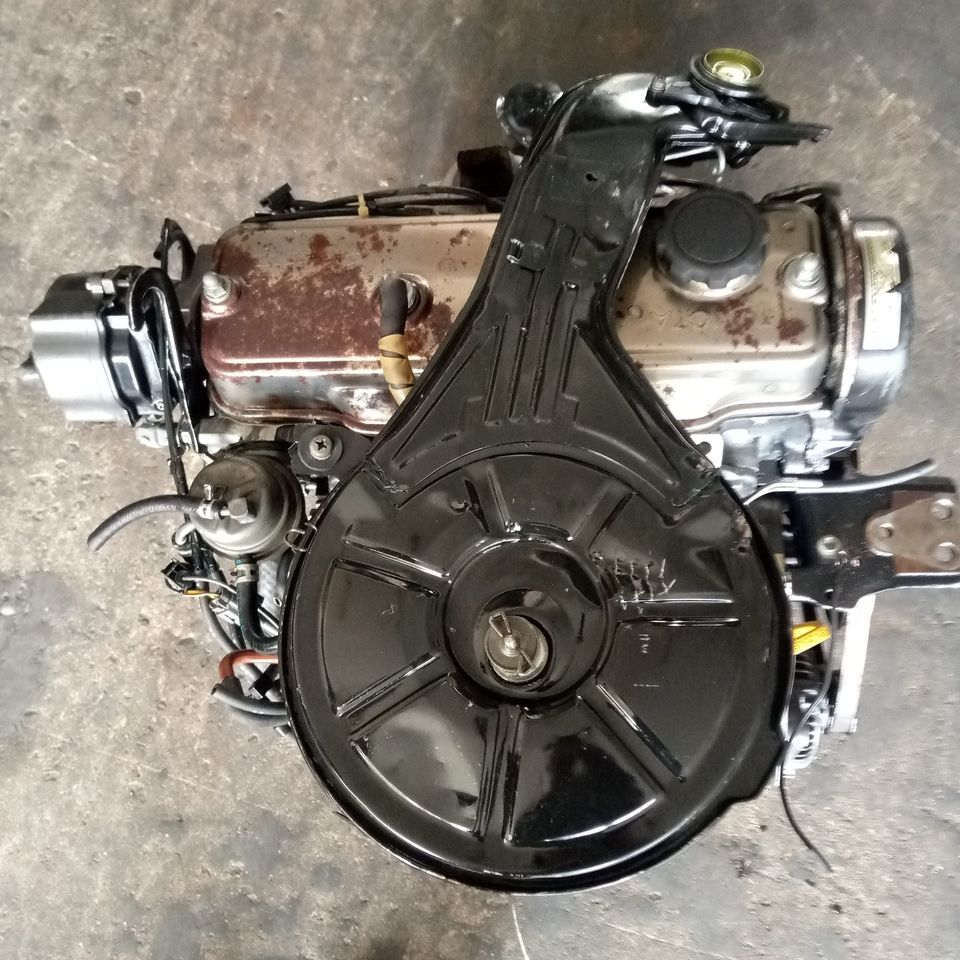Discover the most recent Trends in Engine Technology With Tazz
In the rapidly progressing landscape of vehicle modern technology, Tazz stands at the forefront, highlighting considerable improvements in engine systems that prioritize both development and sustainability. From hybrid engines that enhance fuel efficiency to the development of hydrogen gas cells, the patterns forming contemporary powertrains are not only boosting performance but also resolving important environmental challenges.
Crossbreed Engine Innovations
Hybrid engine innovations stand for a critical change in vehicle innovation, incorporating the advantages of internal burning engines with electric propulsion systems. This combination not only boosts fuel performance but additionally decreases exhausts, meeting significantly rigid ecological guidelines. By utilizing both energy resources, hybrid engines can enhance efficiency, delivering power when required while conserving fuel during much less requiring driving conditions.
Recent improvements in crossbreed innovation consist of enhancements in battery performance and regenerative braking systems. These advancements enable higher power recovery during slowdown, which can be rerouted to assist in velocity or power accessory systems. Suppliers are concentrating on lightweight materials and small styles to take full advantage of the performance of crossbreed powertrains.
The growth of plug-in hybrids has also broadened the market, allowing vehicle drivers to bill their lorries using basic electric outlets. This function typically enables for substantial all-electric array, more lowering dependancy on standard gas. tazz. As the vehicle market remains to progress, hybrid engine innovations are expected to play a critical duty in linking the void in between traditional cars and fully electric models, giving a transitional remedy that provides to diverse consumer needs and choices
Breakthroughs in Electric Powertrains
The vehicle landscape is quickly developing, with electric powertrains becoming a leading pressure in sustainable transportation. Breakthroughs in electrical automobile (EV) technology are significantly boosting performance, performance, and user experience. Secret innovations consist of improvements in battery chemistry, which have actually enhanced power density, reduced billing times, and extended overall battery life.
Solid-state batteries, as an example, guarantee to revolutionize the marketplace by providing higher safety and performance compared to standard lithium-ion cells. Additionally, innovations in regenerative braking systems are making it possible for cars to recoup energy during slowdown, adding to general performance.
In addition to battery innovation, electrical motor styles are coming to be extra innovative. Technologies such as integrated motors and progressed thermal monitoring systems are helping to optimize power shipment and minimize weight, eventually improving lorry characteristics.

Collectively, these developments highlight the dedication to shift towards cleaner, much more efficient transportation solutions, placing electric powertrains at the forefront of automotive innovation.
The Surge of Hydrogen Gas Cells
Progressively, hydrogen fuel cells are acquiring traction as a sensible choice to standard interior combustion engines and battery electrical automobiles. This innovation harnesses the chemical power kept in hydrogen, converting it right into power with an electrochemical reaction with oxygen. The key by-product of this process is water, making hydrogen gas cells an eco-friendly alternative with no emissions at the tailpipe.

Car manufacturers are significantly purchasing hydrogen fuel cell innovation, acknowledging its possibility for long-range applications and quick refueling you can find out more capabilities that match traditional fuels. Furthermore, fields such as sturdy transport and public transit are particularly appropriate for hydrogen fuel cells, where battery electric options might drop short as a result of weight and array constraints.
As study and financial investment proceed to increase, hydrogen gas cells are positioned to play a substantial duty in the future landscape of tidy transport and power remedies.
Enhancements in Internal Burning Engines
Technologies in inner burning engine (ICE) modern technology are changing standard automobiles to satisfy contemporary environmental standards and performance expectations. Among one of the most considerable enhancements involves the integration of innovative gas shot systems. These systems enhance the air-fuel mix, improving burning performance and leading to decreased emissions. Straight gas injection, for example, enables far better atomization of fuel, resulting in more full combustion and boosted power outcome.
Additionally, turbocharging has actually acquired prominence, enabling smaller engines to supply higher efficiency without the weight of larger engines - tazz. This innovation not only improves efficiency yet also adds to lower gas consumption. Variable shutoff timing systems are also being fine-tuned, enabling engines to adapt to numerous driving conditions for enhanced torque and responsiveness
Moreover, using light-weight materials in engine building and construction is ending up being typical, additional boosting fuel effectiveness by lowering overall automobile weight. Engine control units (ECUs) are progressively innovative, enabling real-time modifications that maximize efficiency and emissions.
These enhancements jointly signify a critical change in ICE modern technology, aligning with worldwide sustainability objectives while still giving the efficiency chauffeurs anticipate from their automobiles. As the sector evolves, these enhancements continue to form the future of typical automotive engineering.
Future Trends in Engine Effectiveness
Considerable improvements in engine performance are prepared for as manufacturers focus on integrating advanced innovations to satisfy strict environmental guidelines and customer demands. The shift towards electrification, hybrid systems, and alternative fuels is reshaping the automotive landscape, driving developments that enhance fuel economy and reduce emissions.
Among the vital fads is the execution of innovative products and producing methods. Lightweight composites and high-strength alloys contribute to decreased car weight, thus improving total performance. Furthermore, the adoption of turbocharging and variable valve timing modern technologies permits for enhanced power output from smaller engines, better improving fuel economy.

Final Thought
Developments in hybrid engine systems, electrical powertrains, and hydrogen gas cells show a dedication to reducing emissions while improving performance. Enhancements in inner burning engines and an emphasis on light-weight products add to total engine efficiency.
From hybrid engines that optimize fuel efficiency to the development of hydrogen fuel cells, the trends forming contemporary powertrains are not only enhancing performance however also resolving crucial environmental obstacles.Crossbreed engine advancements stand for a critical change in auto innovation, combining the benefits of inner combustion engines with electrical propulsion systems.Additionally, turbocharging has actually obtained prestige, permitting smaller sized engines to provide higher performance without the weight of you can find out more bigger engines. In addition, the fostering of turbocharging and variable valve timing technologies allows for boosted power result from smaller engines, even more enhancing gas economic situation.
Enhancements in internal combustion engines and an emphasis on lightweight materials add to general engine efficiency.
Comments on “Toyota Tazz: A Review of Its Handling, Fuel Economy, and Overall Performance”